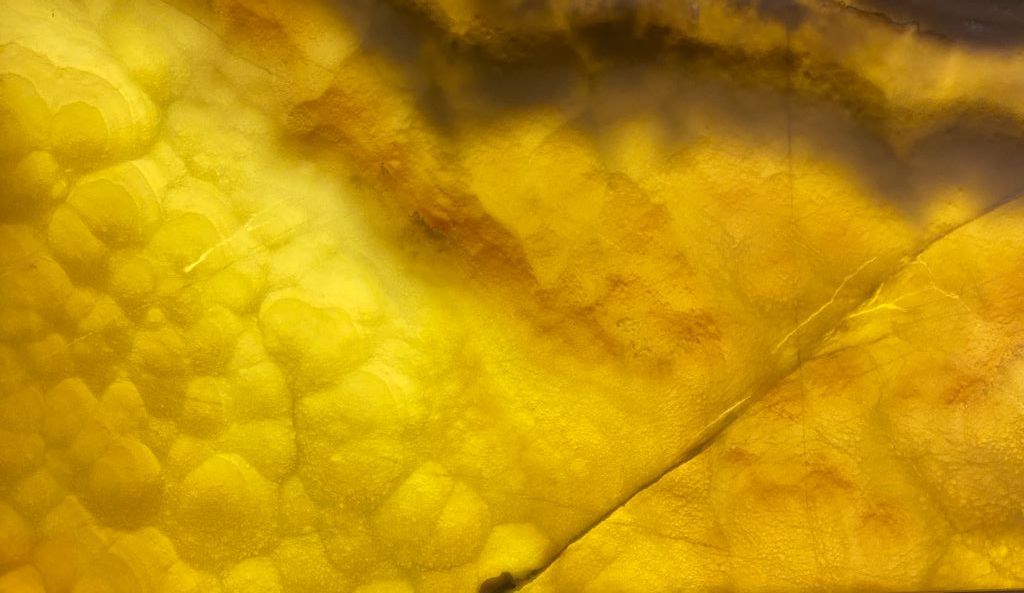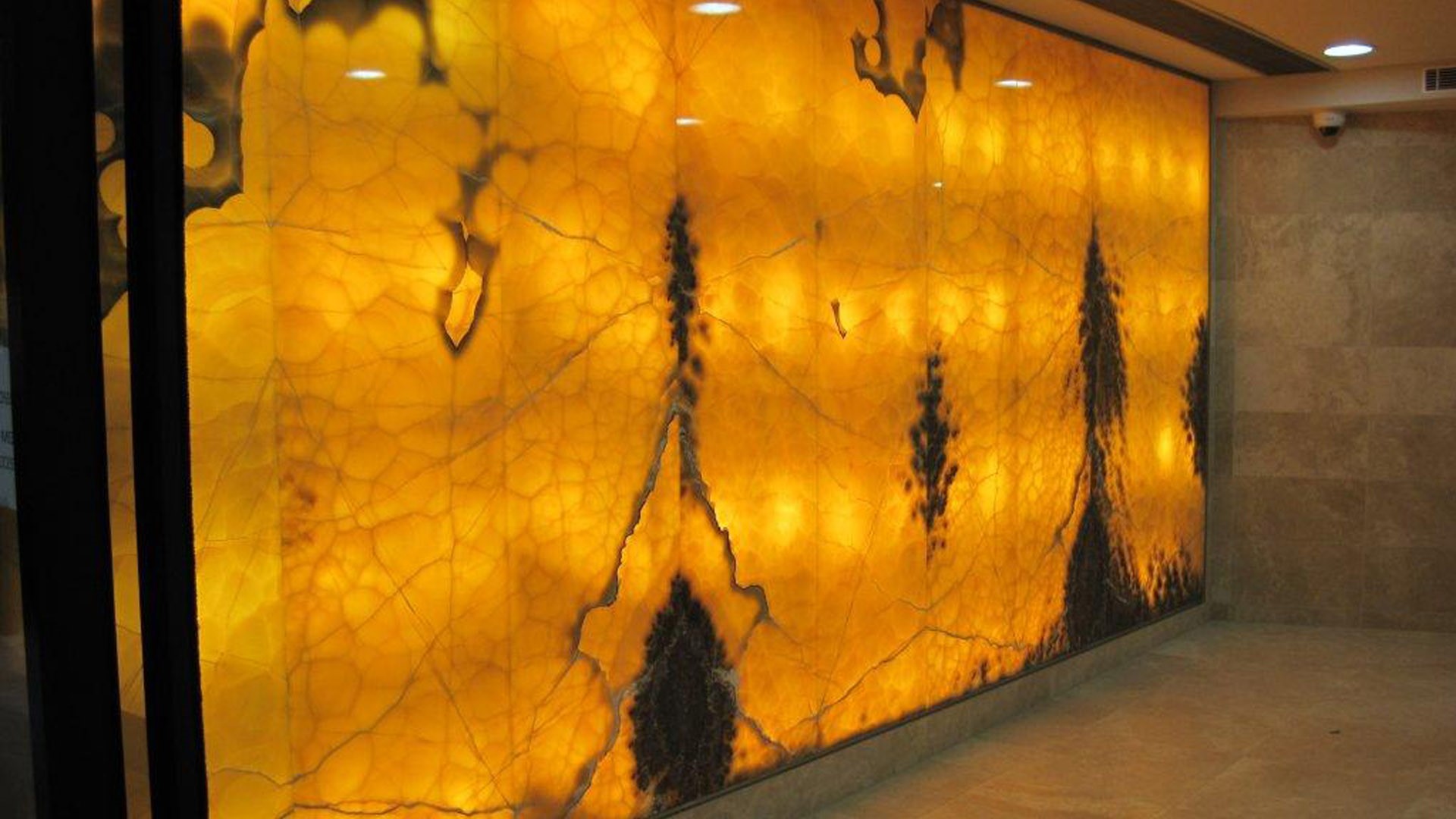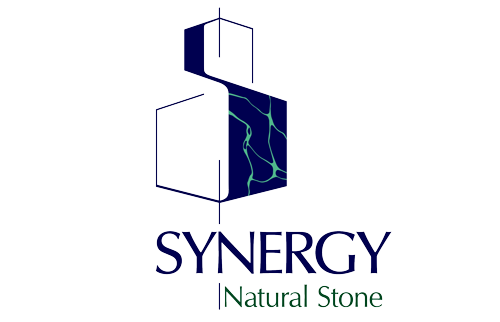Honey Onyx


Honey Onyx is a beautiful variety of onyx known for its warm, golden yellow hues. Here’s a breakdown of its key characteristics:
- Color: The defining feature! Honey Onyx ranges from light golden yellow to deeper amber tones, sometimes with subtle white or brown markings.
- Light Transmittance: Like most onyx, Honey Onyx is translucent, allowing light to pass through to some extent. This property can be particularly striking when backlit.
- Origin: Honey Onyx can be found in various locations around the world, including Mexico, Pakistan, and Iran.
- Properties: While more durable than pure onyx, Honey Onyx is still a softer stone compared to granite. Sealing is recommended to protect against scratches, etching, and stains.
Applications: Honey Onyx is a popular choice for various design projects due to its warmth and elegance. Some common uses include:
-
- Countertops: Adds a touch of warmth and luxury to kitchens and bathrooms.
- Backsplashes: Creates a beautiful focal point and complements natural lighting.
- Wall Cladding: Provides a warm and inviting atmosphere in living rooms or hallways.
- Flooring: Less common due to potential for scratching, but can be used in low-traffic areas for a luxurious touch.
Here are some additional things to consider about Honey Onyx:
- Variations: As a natural stone, each slab of Honey Onyx will have unique variations in color and markings. Some slabs may have more prominent white or brown features.
- Versatility: Honey Onyx can blend well with various design styles, from traditional to contemporary. The overall feel will depend on the specific colors and how it’s used within the space.
- Maintenance: Regular sealing is recommended to maintain its beauty and protect it from stains. Due to its softer nature, avoid using harsh chemicals or abrasive cleaners.
